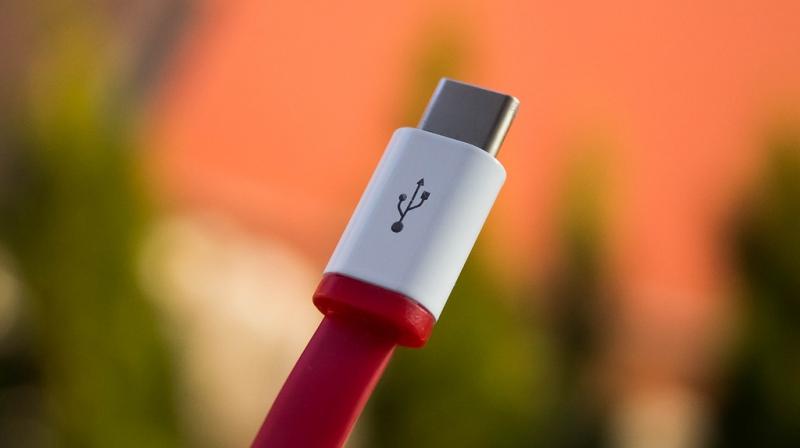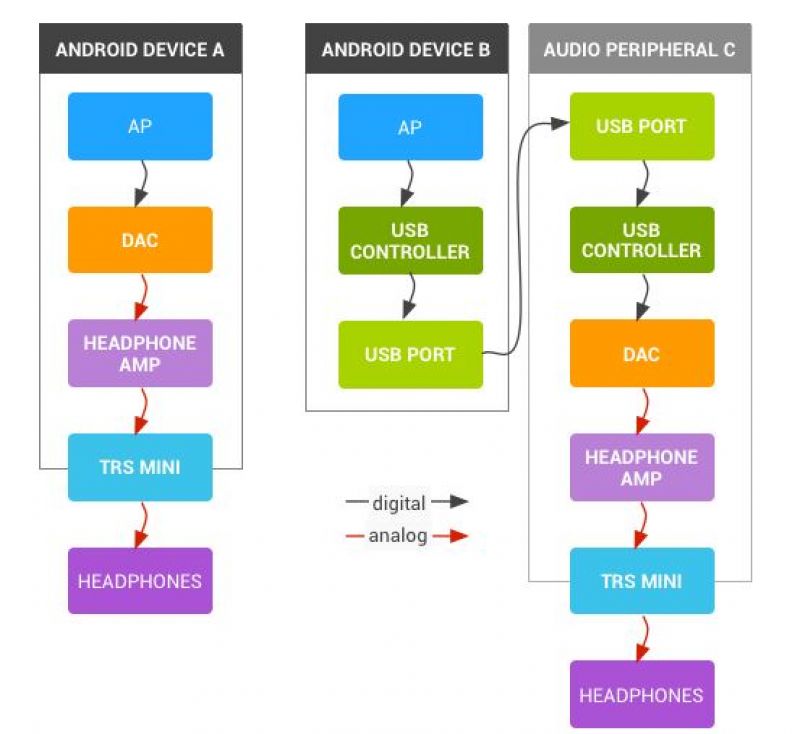Is digital headphone jack the right way to go?
The benefits of a modern-era port overshadow the compatibility factor of the old 3.5mm port.

These days, if you are considering a premium smartphone, then one criterion becomes very important – is it having the 3.5mm headphone jack? After Apple launched the iPhone 7 last autumn, every manufacturer has started following the trend of dropping the 3.5mm jack.
The removal of the 3.5mm headphone jack has been one of the biggest debate topics in the world of smartphones after the shift to touchscreen-based keyboards 10 years ago — the touch keyboards made it possible to incorporate glide typing, auto-prediction and better-looking smartphones. With the iPhone 7, the world went mad at Apple for making the 3.5mm port obsolete. It assumed that a proprietary port for headphones translated into more income for the manufacturers, which is somewhat true. Soon other manufacturers like Xiaomi and HTC caught on the habit of giving the trusty 3.5mm jack a miss.
So, most of you must be wondering — how does a phone work without a dedicated audio port? To understand this, you need to know about the audio transmission works. Sound is analogue in nature and digital audio output has to go through the process of conversion for our analogue ears to understand the message. Your smartphone understands your favourite song as a collection of binary codes and it is the responsibility of a dedicated audio hardware to make it understandable to human ears.
An audio sample is primarily dependent on noise and distortion for quality. Mobile devices are notorious for having high-density circuit boards, which can result in more opportunities for crosstalk that degrades adjacent analogue signals. In a smartphone with 3.5mm jack, the phone sends the digital signal to the DAC unit, which is then amplified by a headphone amplifier before being sent out through the TRS port to the headphones. In this setup, the conversion happens inside the smartphone, which makes the audio quality suffer.
A non-3.5mm port is a slightly complicated setup. In such a device, the digital audio signal is sent to the USB Controller port, which sends it to the DAC unit placed in the headphone through the USB port. The headphone houses the DAC-Amplifier unit and converts it into analogue audio. In this case, the conversion unit is far from the interference of the mobile chips.
All smartphone manufacturers claim that this digital port setup makes for better audio quality, even though it is expensive to manufacture on a mass scale. Therefore, having this setup on flagship class smartphones makes sense as they represent the best a smartphone has to offer.
But, is the slightly reduced interference worth the additional investment in headphones? We currently have the HTC U11 on the desk, which also comes with a digital audio port. Compared to a smartphone with a 3.5mm headphone jack, the audio quality on the U11 is comparatively better. There are lesser noise and distortion on the digital format than the 3.5mm port.
That said, quality audio peripherals utilising the 3.5mm headphone jack are also good at what they promise. To a lay man, the difference in the quality of audio may not be perceivable. Additionally, they can be used with any device sporting the 3.5mm jack, which is universal in the present times. You also have the option to choose from a wide variety of headphones depending on audio quality and budget.
So, is the digital audio port the way to go? The first criteria for deciding that is what device you own. If you are using an iPhone 7 or an HTC U11, then it is better to stick with the proprietary headphone for enjoying the benefits of the new technology. It certainly improves the audio quality, which can always add to a better experience for future products. In a nutshell, a digital port is better than the traditional 3.5mm jack in every measurable way.
No matter the 3.5mm jack will be cheaper to manufacture and easier to find accessories, but the digital audio port will eventually catch up with audio peripheral manufacturers. Over the course of years, it will be the essential port for audio transmission and will do to the 3.5mm jack what the touchscreen did to physical keyboards — replace it with a better and convenient option.


